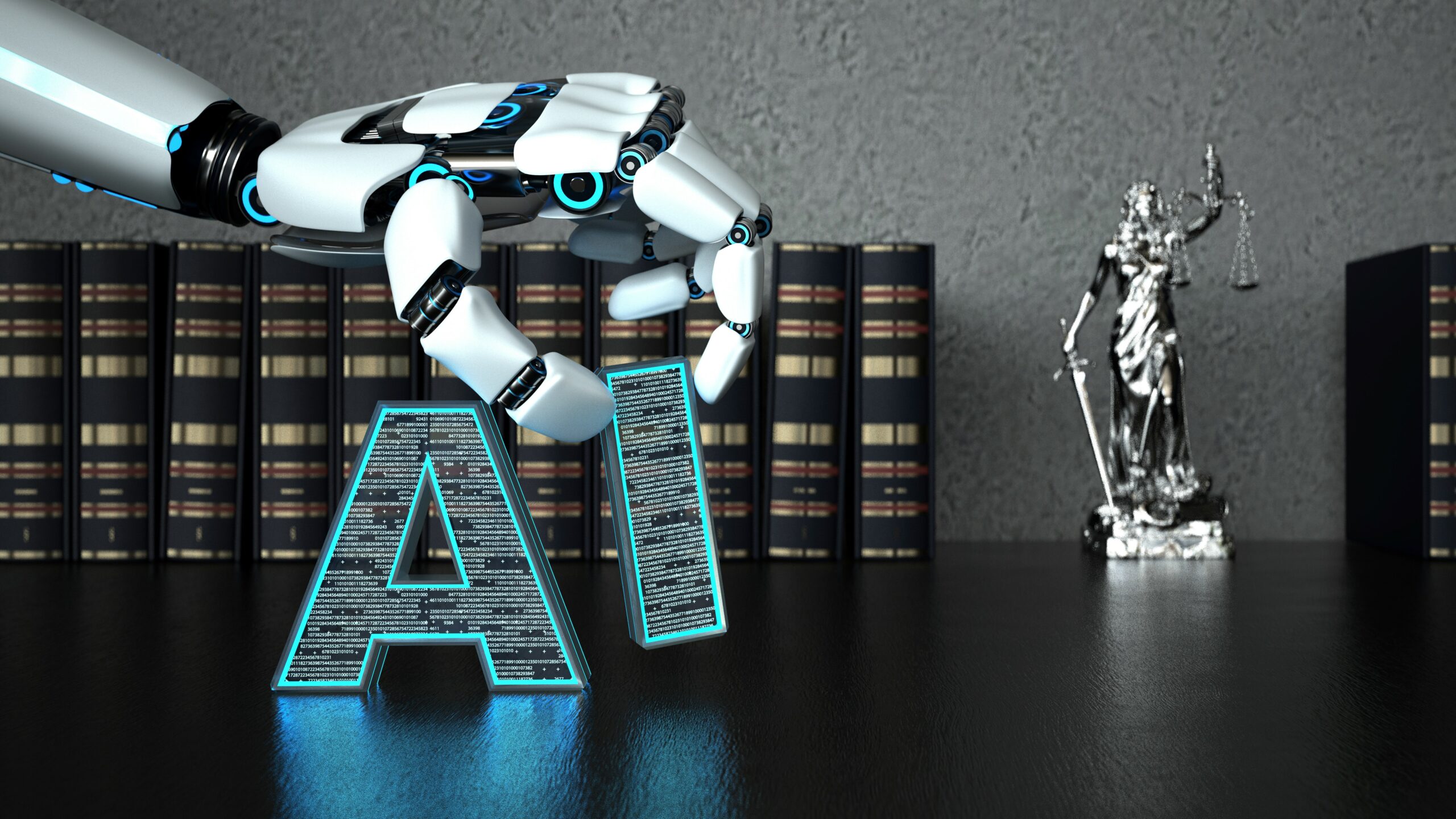In today's rapidly evolving digital scene, the collaboration between artificial intelligence (AI) and graphic design has revolutionized the way visual content is viewed and created. The combination of advanced algorithms and creative artistry is reshaping the boundaries of graphic design, enabling designers to explore new horizons of innovation and efficiency. In this article, we will explore the transformative impact of AI on graphic design, exploring its benefits, challenges and the exciting possibilities it offers.
 |
| Experience the creative power of AI graphic design: witness the fusion of technology and art in this captivating computer-generated masterpiece |
The rise of AI in graphic design
The integration of AI into graphic design has ushered in a new era of possibilities. Gone are the days when designers were limited to manual processes and a fixed set of tools. With AI, designers are empowered to unlock their creativity on an entirely different scale. From creating unique designs to automating repetitive tasks, AI has become an indispensable companion in a designer's toolkit.
 |
| "Embracing the Future: Witness the rise of AI in graphic design as it shapes a new era of creativity and innovation" |
AI-Generated Art: Redefining Originality
One of the most interesting aspects of AI in graphic design is its ability to produce art that challenges traditional notions of originality. AI algorithms analyze vast amounts of data, learning from existing designs, trends and styles to create something entirely new. This process opens up a dialogue about the nature of creativity. Can machines really be creative? While AI-generated art may lack the human touch, it presents a whole new realm of inspiration for designers looking for a new perspective.
Advanced design research
AI is revolutionizing design research by enabling designers to rapidly generate and evaluate design variations. Designers can input parameters like color schemes, layout options and typography options and AI algorithms will generate a range of options. This speeds up the design process, allowing designers to experiment with different concepts in a fraction of the time it would traditionally take.
Efficiency and Automation
Repetitive tasks are an integral part of graphic design, but they can be time-consuming and tedious. AI-powered tools excel at automating these tasks, freeing designers to focus on more creative aspects. For example, resizing images, adjusting color balance and retouching photos can now be easily done with AI. This partnership of human creativity and AI automation increases both design quality and production speed.
Mass Personalization
AI's ability to analyze user data and preferences enables designers to create personalized visuals that match individuals on a deeper level. By tailoring design elements to specific demographics, AI-powered graphic design enhances the impact of visual content and fosters a stronger connection between brands and consumers.
Challenges and Ethical Considerations
While the integration of AI into graphic design offers immense possibilities, it also raises ethical questions and challenges. A primary concern is the potential displacement of human designers. As AI algorithms become more sophisticated, there are fears that AI may replace some design roles. However, proponents argue that the role of AI should be seen as complementing human creativity, augmenting designers' capabilities rather than completely replacing them.
Keeping up with honest
Maintaining the integrity of AI-generated designs is also a challenge. Designers must navigate the fine line between leveraging AI for efficiency, while ensuring the end product retains the human touch. Maintaining this balance is important to prevent the design from appearing sterile or devoid of emotion, which is often the hallmark of man-made art.
Future prospects
The evolution of AI graphic design is a journey that is far from over. As technology advances, we can expect even more sophisticated AI tools that will seamlessly integrate with designers' workflows. Virtual reality and augmented reality are also likely to play an important role, offering deeply designed experiences that bridge the gap between the virtual and physical worlds.
conclusion
AI graphic design is not about replacing human creativity; It's about extending it. The combination of AI and graphic design is ushering in an era of limitless possibilities, enabling designers to push the boundaries of their imagination and create innovative, impactful visuals. As we embrace AI as a creative partner, we must also face ethical considerations and challenges. The future of graphic design is bright, with AI an essential collaborator in shaping the visual narratives of tomorrow.

















